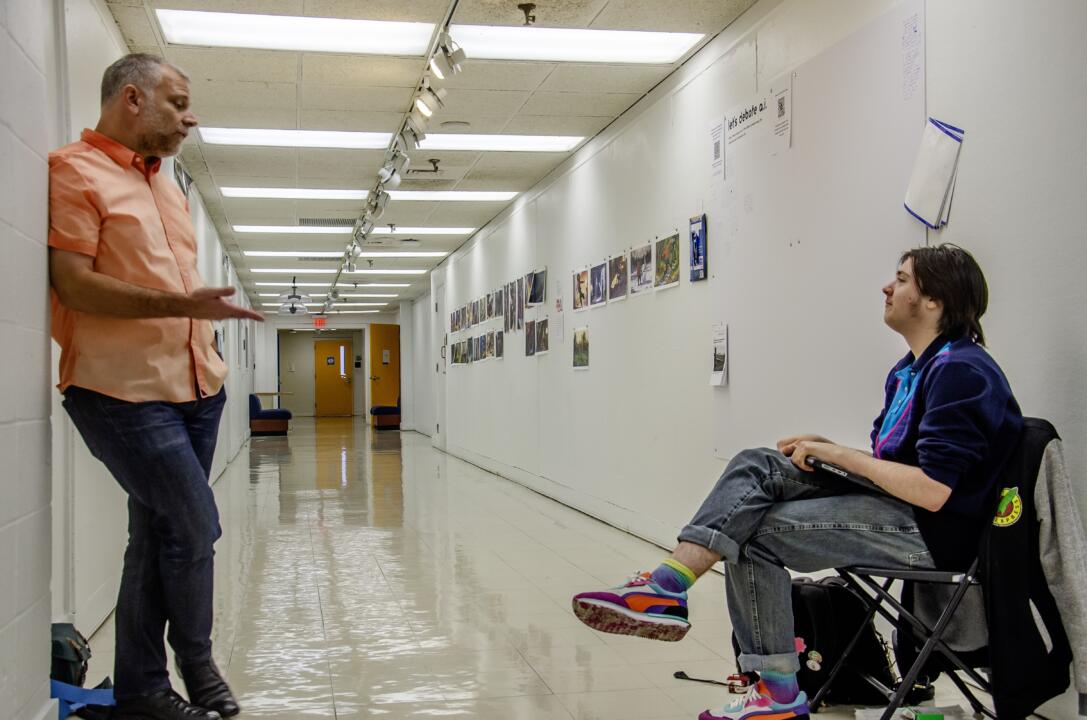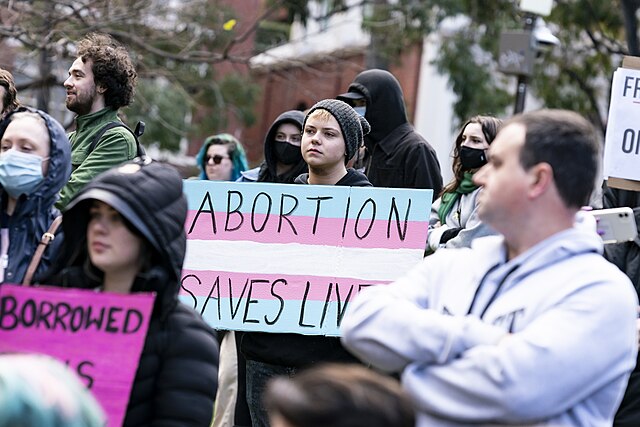This year, the Baltimore Ecosystem Study, whose home is on the UMBC campus, turns 20. The purpose and hope for the program is to gain more knowledge about urban ecosystems.
The study is one of only two urban Long-Term Ecological Research projects first allotted funding by the National Science Foundation; the other is the Central Arizona–Phoenix study. In contrast, other project sites are located in wild or rural areas.
LTER was established 18 years prior to BES in 1980, though even by the late 1990s, “the field of urban ecology basically didn’t exist,” says Claire Welty, UMBC’s director of the Center for Urban Environmental Research and Education. She continues to say that this is a completely unique study incomparable to any other in the world, going as far as to call it “an international icon” and praising it as “a rich resource for people to use in their research.”
In the frequently asked questions section on BES’s website, one of the questions is, “Why is this research so novel?” Relating back to Welty’s question about urban ecology, the answer reads that “[in] spite of the fact that a majority of the US population lives in metropolitan areas, for a long time ecologists rarely studied cities and their surrounding suburban and rural lands as ecological systems.” Due to the longevity of the study, the data enables the study’s researchers to take note of “how [environmental] systems change in response to what we do” to the area and in its space, according to Andy Miller, professor of geography and environmental systems.
Baltimore is also a part of Revitalizing Baltimore, “an alliance of seventeen different organizations working together to create a model program for community forestry and watershed restorations,” and the Urban Resources Initiative. The Urban Resources Initiative was started by the Parks and People Foundation, which “coordinates research and shares data with local, county, and state governments, natural resource managers, and community leaders engaged in managing and restoring Baltimore’s natural environment.”
The BES study has the opportunity to create options to minimize the negative effects that urbanization and development have on the environment. However, the advancement of these possibilities is made more difficult because it requires the compliance and support of those with the influence to create and change policies and laws, including organizations such as the Maryland Department of the Environment and even the Department of Natural Resources.
The BES has also been successful in enabling the creation of the GES department’s graduate program at UMBC by obtaining funding from the NSF’s Integrative Graduate Education and Research Traineeship program for the first group of students. This program reaches both graduate students and Baltimore region K-12 students to “teach them about their local ecosystems and the importance of caring for the environment,” in an attempt to make the next generation more environmentally conscious and dedicated to environmental success.
As the data collection progresses, more environmental aspects can be studied and tracked. In the future, the project hopes to shine a light on pollution and its effects, as they can appear subtle and worsen gradually over time.


